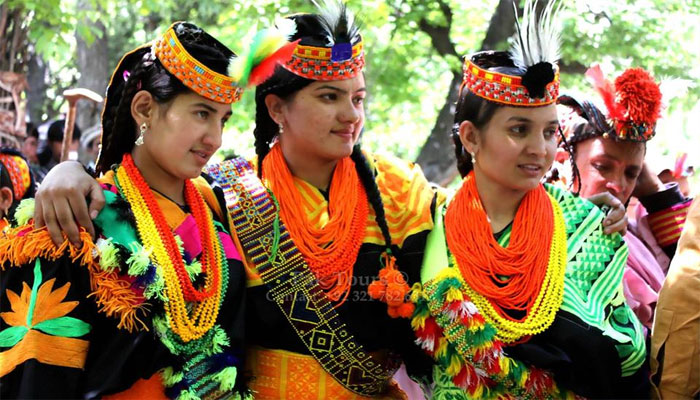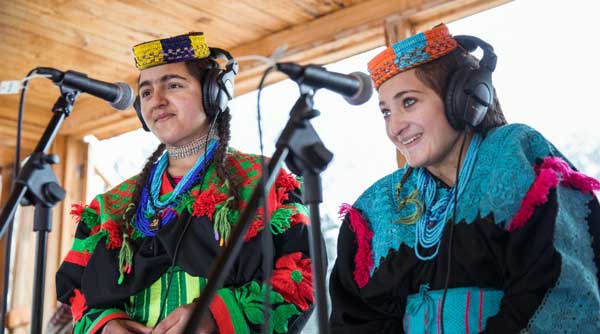This is one person's opinion:
" Originally Posted by
Megalophias 
I've gone through some of the suspect haplogroups:
There are 6 Gonur Tepe and 1 Swat Iron Age samples listed as
A. As far as I can tell these are just super low coverage samples with no haplogroup assignment, they do not have any derived calls for A(xBT) clades or ancestral calls for BT or CT.
-
I2312 - Belt Cave Iran Mesolithic - listed as E1b1a1a1c2b1 - very unlikely. It has one derived allele for this, contradicted by 1 ancestral E1b1a1. It is some kind of BT. J, as at Hotu next door, is not excluded.
- I6119 - Gonur Tepe BMAC - listed as
E1b1a1a1c2c3c - definitely not, it has 5 ancestral calls for E. It is
CT(xC, E, G, J, R), with single ancestral calls also for D, H1a1, L1, Q1b. Perhaps T?
- I1992 - Swat Iron Age - listed as
E1a-M132 - very unlikely, it has 4 ancestral calls and only 1 derived call for E1a. It is
E, with 3 derived calls. E1b1b1b2-Z830, which is the majority at this site, is not excluded.
-
I8998 - Swat Iron Age - listed as R1b-S21782 (under U106) - definitely not, it has dozens of upstream calls contradicting this. It is R(xR1, R2a), probably R2* (found in northern Pakistan today).
-
Darra-i-Kur - Afghanistan EBA - listed as R1b-P311. Low coverage, there is one positive call for the SNP, nothing + or - upstream. This is some kind of BT.
- I1003 - Sintashta - listed as
I2a1a1a - seems not, as it has 1 ancestral IJ call, 3 ancestral and 1 derived for I, 1 derived R. Looks like
R(xR1b1a), so probably the usual R1a.
- I8527 - Geoksyur - listed as
I2a2a2a - unlikely, there is 1 positive call, but 1 ancestral call for I2a2. Some kind of
F."










